Before motorized vehicles, horses powered construction of the early California prison system. As the cars of their day, horses also transported people and goods to San Quentin or Folsom State Prison. Passengers ranged from convicted lawbreakers to prison staff and visitors.
In the late 1800s, the state opened Preston School of Industry and Whittier State School. Horses transported people, lumber and other supplies.
At Folsom, a two-horse stage wagon transported children of prison staff to school in town, returning them after their school day. The horse-drawn carriage was in use until the 1920s.
Photos from the CDCR archives show horses on the job, helping the department fulfill its mission of public safety and rehabilitation.
Did you know? An 1859 report shows the Upper Stables at San Quentin had “five saddle horses, for guards, etc. (valued at) $70 each.” The same report lists livestock: one bay stud, five bay horses, one clay-bank mare, four draft mares, one mare, seven riding mares, 11 colts, one gray stallion, nine yearlings, a dozen three-year-old horses, a first-class mule, 15 work mules, and two cart horses. The prison also used oxen to pull heavier loads and there were 32 of them at the prison.
Note: In 1944, the Guard classification was renamed Correctional Officer.
Prisons relied on horses to fulfill mission
Story by Don Chaddock, Inside CDCR editor
Photos from CDCR and DJJ files, State Archives or otherwise noted.
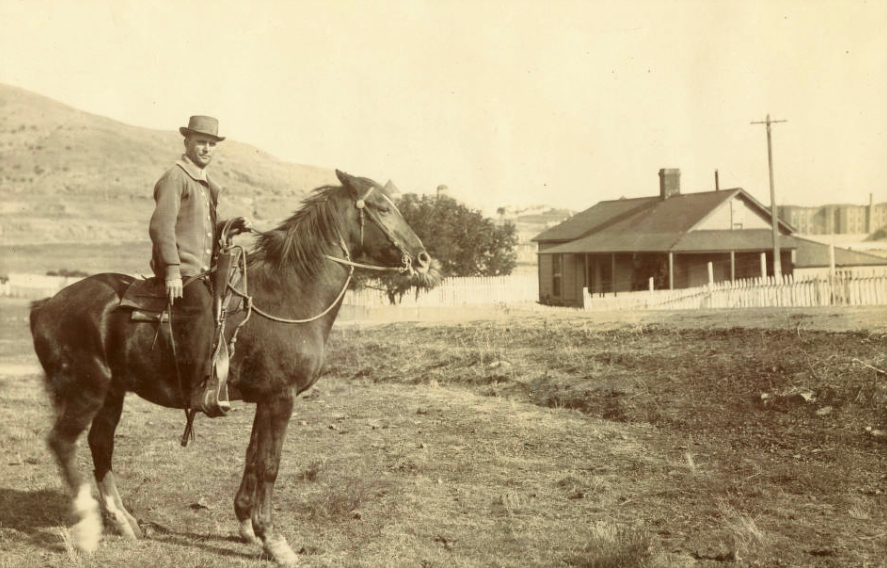

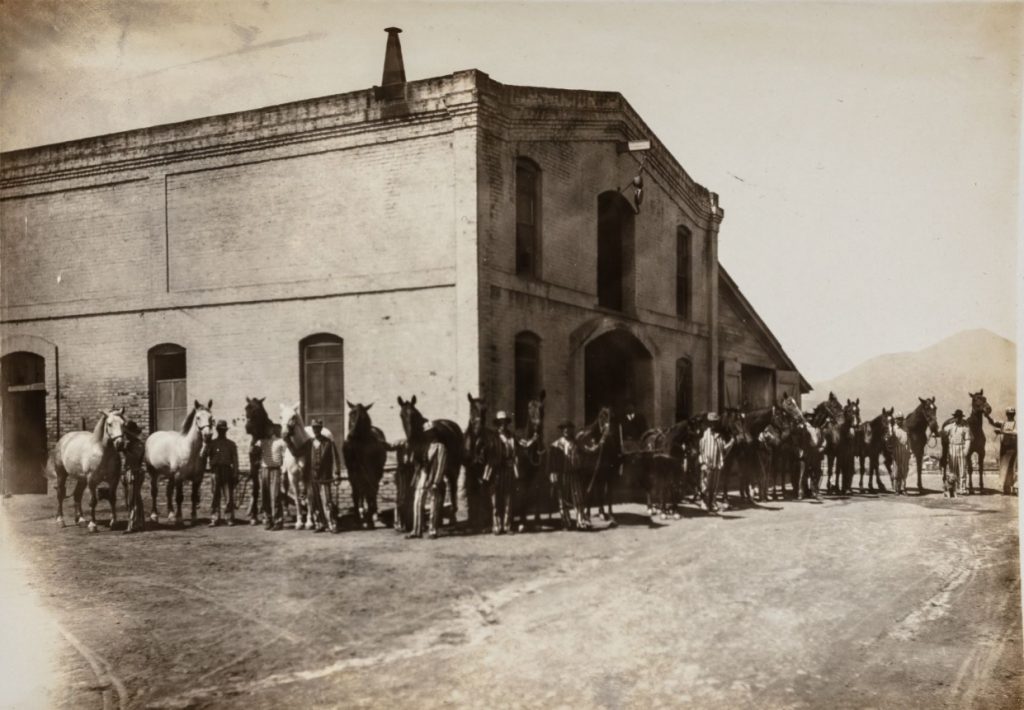
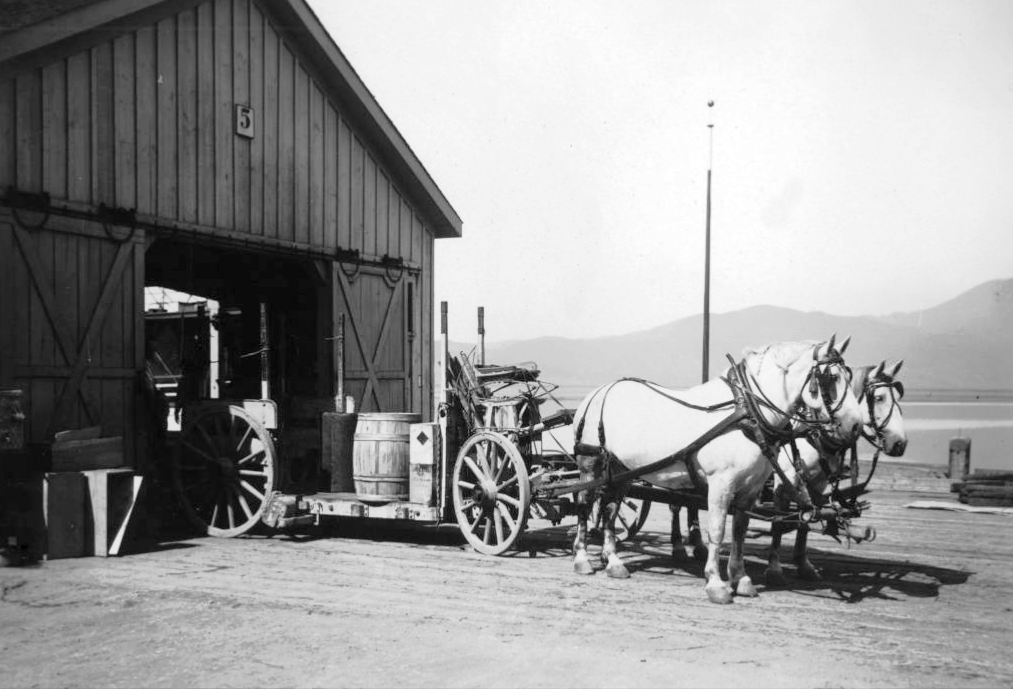
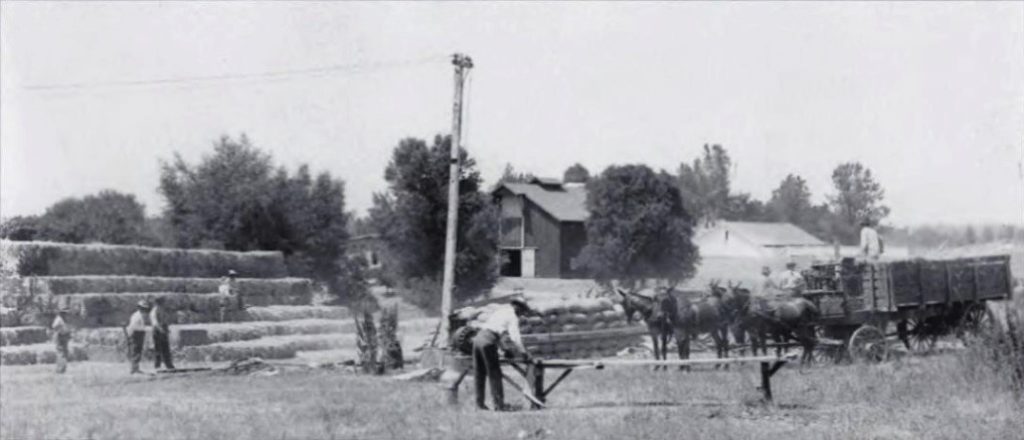
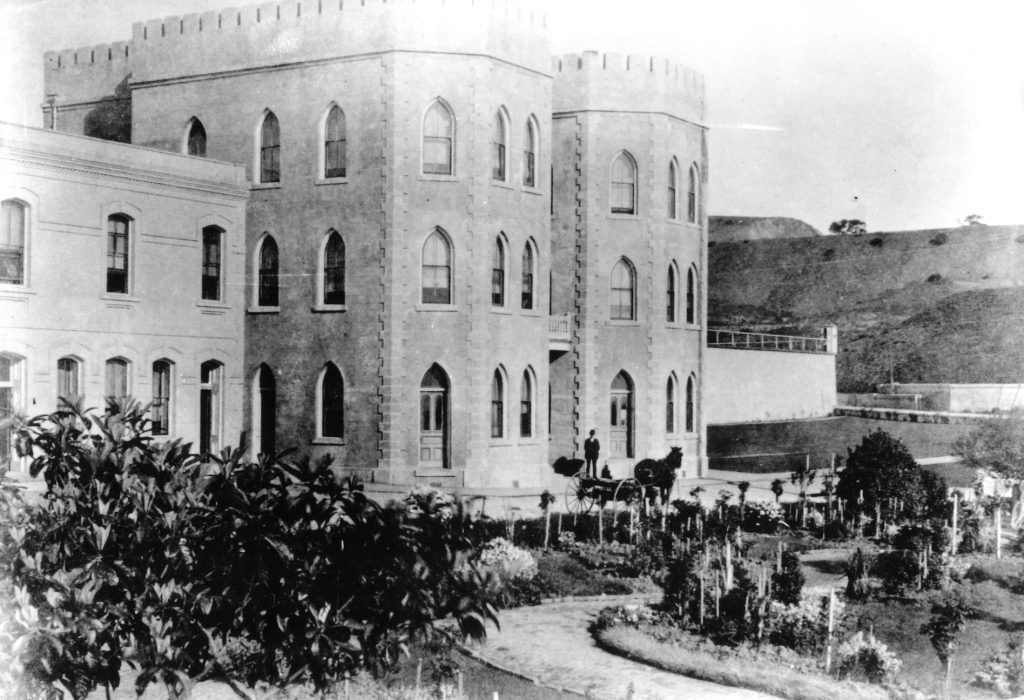
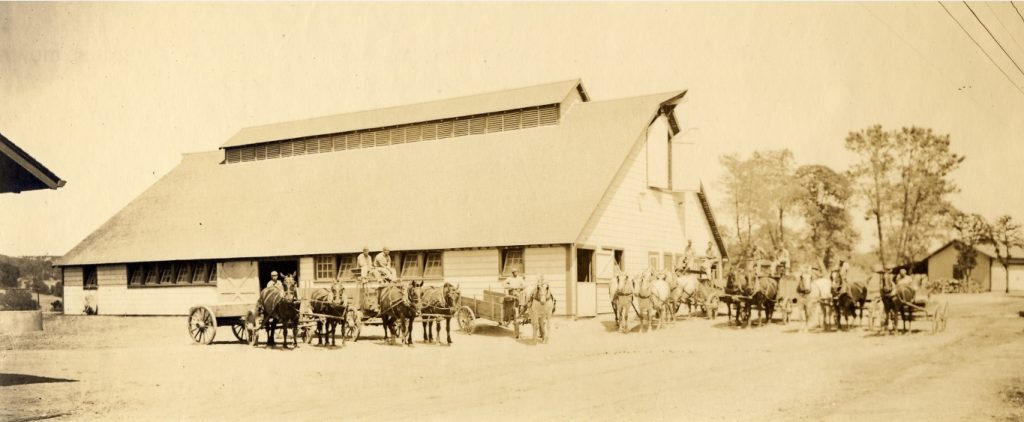
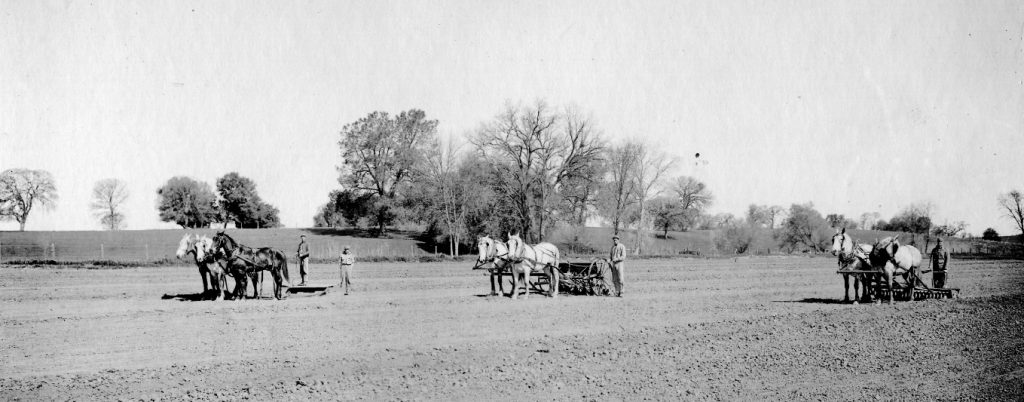
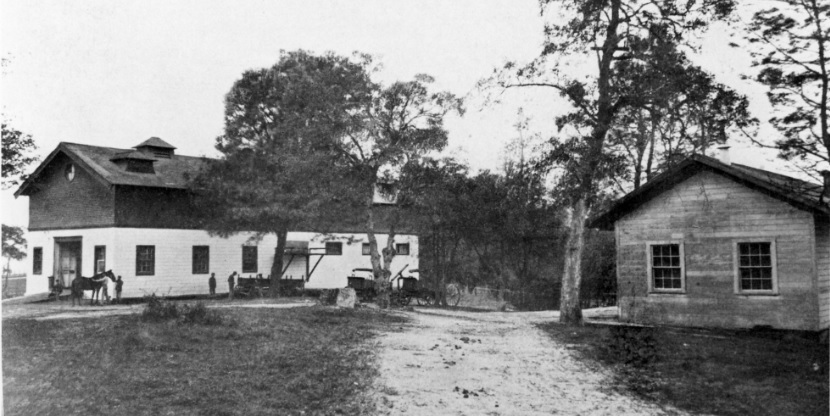
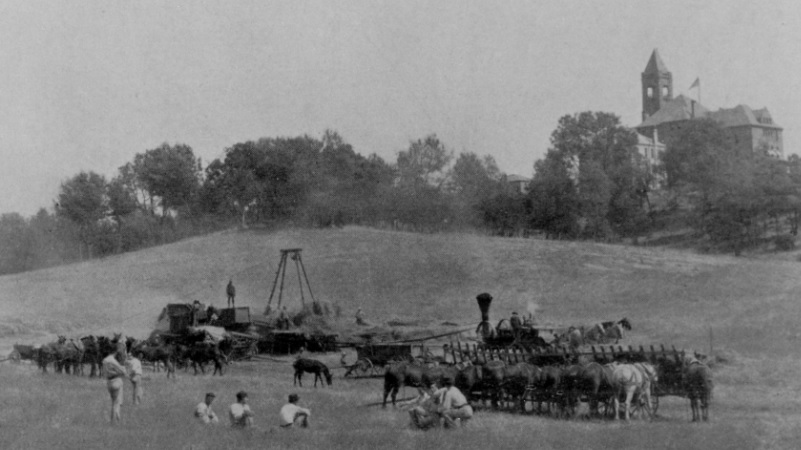

Learn more about California prison history.
Follow CDCR on YouTube, Facebook, X (formerly Twitter). Listen to the CDCR Unlocked podcast.